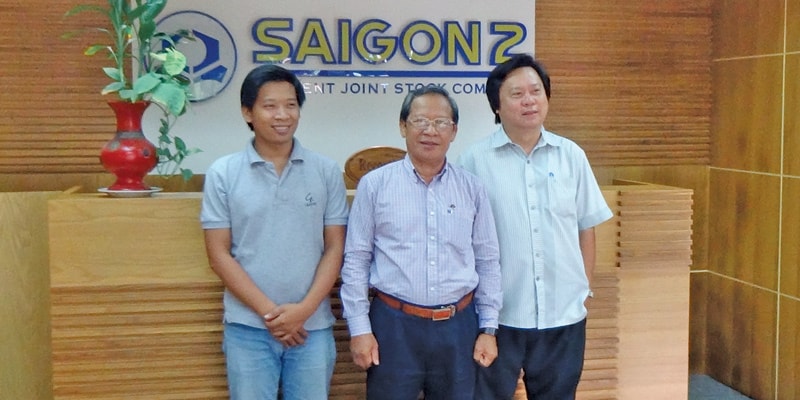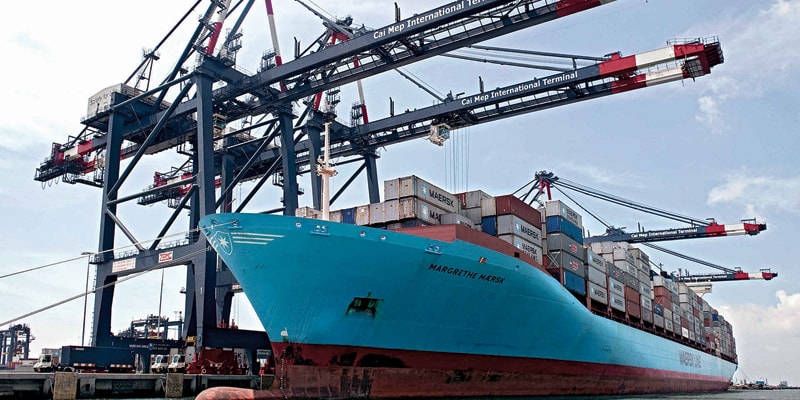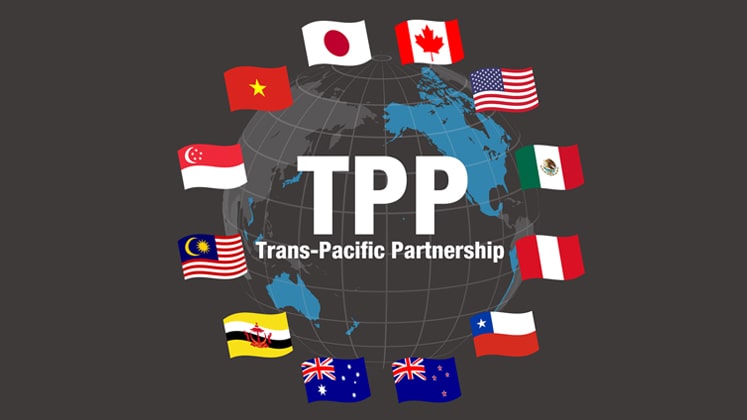The impact of the proposed Trans-Pacific Partnership (TPP) on the Vietnamese economy and apparel trade is a subject of constant debate. Many experts believe that Vietnam’s membership in the TPP will yield economic benefit. The most obvious interpretation is that the country’s textiles and apparel industry will enjoy expanded access to the US and Japan markets through reduced tariff duties once it has been enacted, accelerating foreign direct investment into the country. However, as highlighted in a whitepaper by Solidiance, an Asia-focused management consulting firm, strategic development of supporting industries (raw materials and machinery) and accompanying infrastructure (port, construction and logistic) will be needed to fully absorb TPP’s benefits for the economy.

Economists argue that since TPP signatory countries account for around 40 per cent of Vietnam’s total exports, the TPP’s passage will not only accelerate Vietnam’s exports to TPP member countries, but also increase the country’s total export by an additional US $ 68 billion by 2025, and which is huge… But it is also important to note that TPP’s yarn forward regulations require Vietnam to take full advantage of reduced tariffs, and that textile and apparel inputs need to be sourced in a TPP-member country or may have to be locally sourced. This has created quite a buzz, and investments in the spinning and weaving segments are pouring in, anticipating the windfall. “In the first half of 2016, 60 per cent of the total applications for FDI have been in the fabric segment; even in 2015 of the total US $ 5.5 billion FDI that came in for the sector, US $ 2.5 was for fabric, while US $ 1.5 each was for spinning and garmenting,” shares Nguyen Van Tuan, Chairman, Vietnam Cotton & Spinning Association (VCOSA).
Significantly, the industry shipped US $ 27 billion worth of products in 2015, and is aiming it to raise the same by more than 10 per cent to US $ 30 billion this year. Nguyen Van Tuan shares that to meet the phenomenal growth projection in garment exports, 30 billion square metres of fabric is required whereas the local production capacity is a mere 8.4 billion square metres, creating huge opportunities for downstream industries. In 2015, total disbursed FDI reached a record high at US $ 14 billion, at least in part attributable to anticipation of TPP.

However, industry watchers argue that the benefits of the TPP will only come in after nearly a decade because of the Yarn Forward Clause, and there is no denying that Vietnam is not ready with the backend. As of today, more than US $ 1 billion of investments in garment and textile supporting industries has already been instilled in Vietnam’s growing economy, with investors from China, Taiwan, Japan, South Korea, and India setting up specialized industrial zones for garment and textile material production, yarn factories, packaging facilities, and more. Now, after years of focus on garmenting, the TPP has shifted focus also to the backend.
Our editorial, in the last issue dwelt on the reasons why the TPP may actually never be approved… In the wake of this development many are asking whether the growth in the industry, happening on the anticipation of the signing of TPP will continue if the agreement is not adopted for political reasons…
It cannot be denied that the final stamp of approval on the TPP is now under cloud as the apparel and textile industry in the US in particular is questioning the logic and purpose of the agreement, fearing that local manufacturers would be adversely hit if the agreement actually becomes a policy. Interestingly, the fate of the agreement lies in the results of the US presidential elections. While more Republicans than Democrats supported the TPP during the negotiation round, but members of both parties are abandoning free trade at the sight of populist anger. The next President will face two battles: one at home for the soul of their party, and one abroad for the whole world’s post-war economic system. Edward Alden, a leading trade expert at the Council on Foreign Relations in Washington warns that if TPP fails, the rest of the countries in Asia will have no choice but to go in the direction that China wants to move. The irony of it all is that opposing the TPP will probably help China most.” For the White House, this is the biggest reason to keep battling for TPP.
While the world waits for the final battle and economists debate on why or why not the TPP will see the light of day, the relevance of TPP in Vietnam seems to be diminishing. While the Government is hard selling the country for FDI in the name of opportunities post-TPP agreement, the local industry, and even those that are foreign-owned, are sensing growth on pure merit. “No doubt, the TPP debate is a big one, but otherwise also I see the industry on a growth projectile. TPP or no TPP, I see the garment industry growing because of the scale and expertise that the industry now has,” says Ngo Trung Kien, Deputy Chairman, Association of Garments, Textiles, Embroidery, Knitwear (AGTEK) of Ho Chi Minh City. He argues that the industry has grown so big on its strength, and does not need the TPP to grow further, though it would definitely give an edge to exceptional growth.

It has been previously pointed out that the euphoria around the TPP is mostly with the foreign-owned companies, and that local companies are uninterested in the TPP as they are largely uninformed of what it signifies and hence not making preparations to capitalize on it. According to the Ho Chi Minh City Association of Enterprises, only half of 2,00,000 small- and medium-sized enterprises (SMEs) in the city have information about the TPP. They are not interested in the trade deal and have made no preparations to tap on the opportunities or deal with the challenges the agreement could pose. In reality this in itself is a proof that growth is not dependent on whether the TPP will be finally approved. “Not everyone is looking at the TPP and while internationally the debate continues, on local turf the industry is well-equipped with hardworking and committed workers with good infrastructure to get orders on core strengths. Also wages in Vietnam are not the cheapest, so the business has never been on the bases of ‘cheap wages’ but on quality and productivity, which gave competitive prices,” says Prem Kumar, Director, Creative Resources International Ltd., a buying office sourcing from the country.

Even the Indian Business Chamber in Vietnam (INCHAM) has seen interest from many entrepreneurs to set up business in the country and not all of it is driven by the future expectation of opportunities post-TPP. “One cannot deny that if the TPP comes through, the country will see phenomenal growth in the garment and textile industry, but the already existing good prospects in the industry due to the created infrastructure, trust of the buyers and capability in products like jackets, trousers and sportswear is enough to attract attention. The TPP would be a bonus,” says Jay Prakash Shriram, Chairman, INCHAM.
Some also argue that of the total revenue earnings from apparel exports, 70 per cent goes straight to foreign invested companies although they only account for 30 per cent of the number of businesses, showing how tilted the industry is in favour of foreign-owned companies and these companies may stall expansions if the TPP does not get through. However, the roots of these garment companies are very deep and the fate of TPP will not decide the growth of these companies, believe industry observers. “The biggest business community in Vietnam is from China and most of them have family ties in the country and also with China losing business, Vietnam is an obvious choice for investment. TPP or no TPP, the country is going to continue getting investments for garmenting from China, as setting up a factory anywhere else is too big a cultural challenge,” concludes Ngo Trung Kien.







